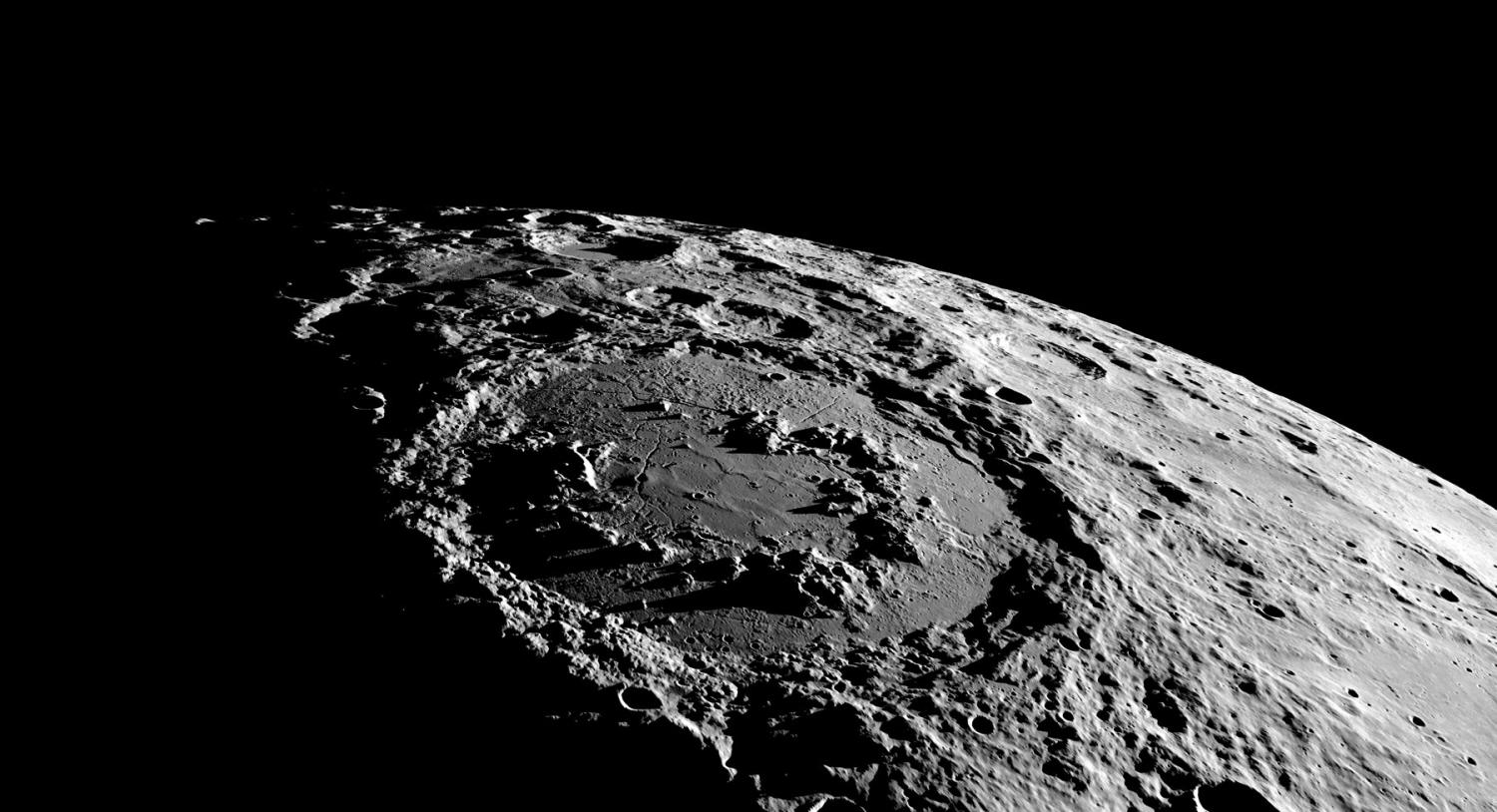The Coming Lunar Armada: A fleet of NASA-funded startups will soon begin to land on the Moon

From Science: Next year, NASA’s first mission to the lunar surface in 50 years will be run from an unlikely place: a low-slung building wedged between fast-food joints just off the Ohio River.
This unassuming former data center in Pittsburgh is the new home of Astrobotic, one of a few startups that NASA has selected to ferry scientific instruments to the lunar surface as part of the agency’s $2.6 billion Commercial Lunar Payload Services (CLPS) program. Starting next year, CLPS landers will reach the Moon’s surface at least twice a year, the agency hopes. It’s an astonishing pace after a decadeslong drought for U.S. science on the lunar surface, says Brett Denevi, a planetary scientist at Johns Hopkins University’s Applied Physics Laboratory. “We’ve been talking about this so long. It’s almost shocking to see it happen.”
Even without a single launch, CLPS has already radically changed the face of lunar science, says Stuart Bale, a space scientist at the University of California, Berkeley. “It feels like the Wild West. It’s lean, mean, and cheap.” Instruments that are less proven can be developed, flown, and tried out in a matter of a few years. They promise to bring a bounty of new science: maps of the subsurface water recently detected from lunar orbit, the first probes of the lunar interior since the Apollo landings, visits to mysterious magnetic anomalies, and unprecedented views of Earth’s magnetic field and deep space. Read more...

